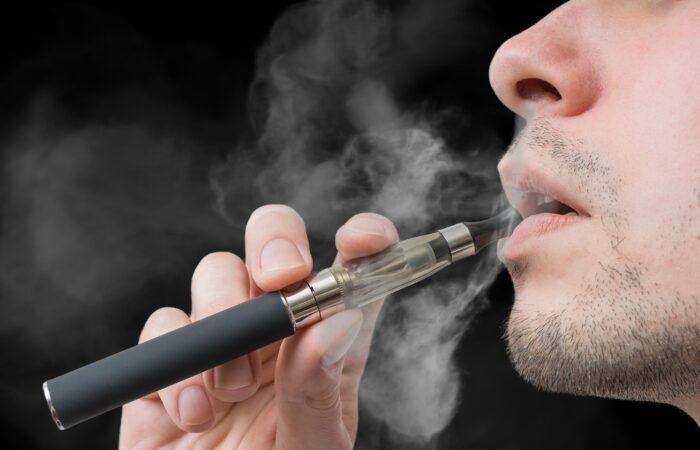A revealing experiment on mice
To understand the effects of flavored vapors, researchers exposed mice to these substances over several days. Using advanced imaging techniques, they were able to observe the direct impact on lung immune cells. The results, published in the journal Proceedings of the National Academy of Sciences show that certain chemical compounds paralyze the cells responsible for cleaning the lungs of harmful particles.
Lungs more vulnerable to infections
The weakening of pulmonary immune defenses makes the body more exposed to respiratory infections. This finding challenges the common belief that e-cigarettes are a safe option for quitting smoking, despite eliminating substances like tar and carbon monoxide.
A new alert on aromas
Vaping liquids, often presented in attractive colors and flavors, mainly appeal to young customers. According to Anses, more than 60% of vapers prefer fruity flavors. However, the study highlights that these flavors, combined with vegetable glycerin and propylene glycol bases, are not without consequences.
A message for users and authorities
As vaping grows in popularity, this research adds a critical voice to the debate over its safety. It also alerts on thes electronic cigarettes, the authorities could better protect young people against these risks. Restrictions on flavors, like those already in place in some countries, could be considered to limit their appeal.
Towards increased awareness
The results of this study also call for better public information. It is crucial that consumers, and especially parents, are aware of the potential dangers associated with vaping. Awareness campaigns should emphasize the specific risks of flavored e-cigarettes, to counter the misconception that they are harmless.
A dilemma for smokers in transition
For traditional smokers who are turning to vaping as a cessation tool, these findings pose a dilemma. Although e-cigarettes eliminate some toxic components of tobacco, their overall safety remains uncertain. Alternatives such as pharmaceutical nicotine replacements or cessation support programs could offer safer solutions.
Research to continue
The McGill University study is just a starting point. More research is needed to explore the long-term effects of vaping and determine which components are most harmful. Collaboration between scientists, health authorities and manufacturers is essential to establish standards that ensure the safety of vaping products.
Faced with these discoveries, it is clear that the vaping industry must evolve towards greater transparency and better consideration of public health issues. For consumers, staying informed and critical about these products is more important than ever.
Source : LE360 / photo : futura science






